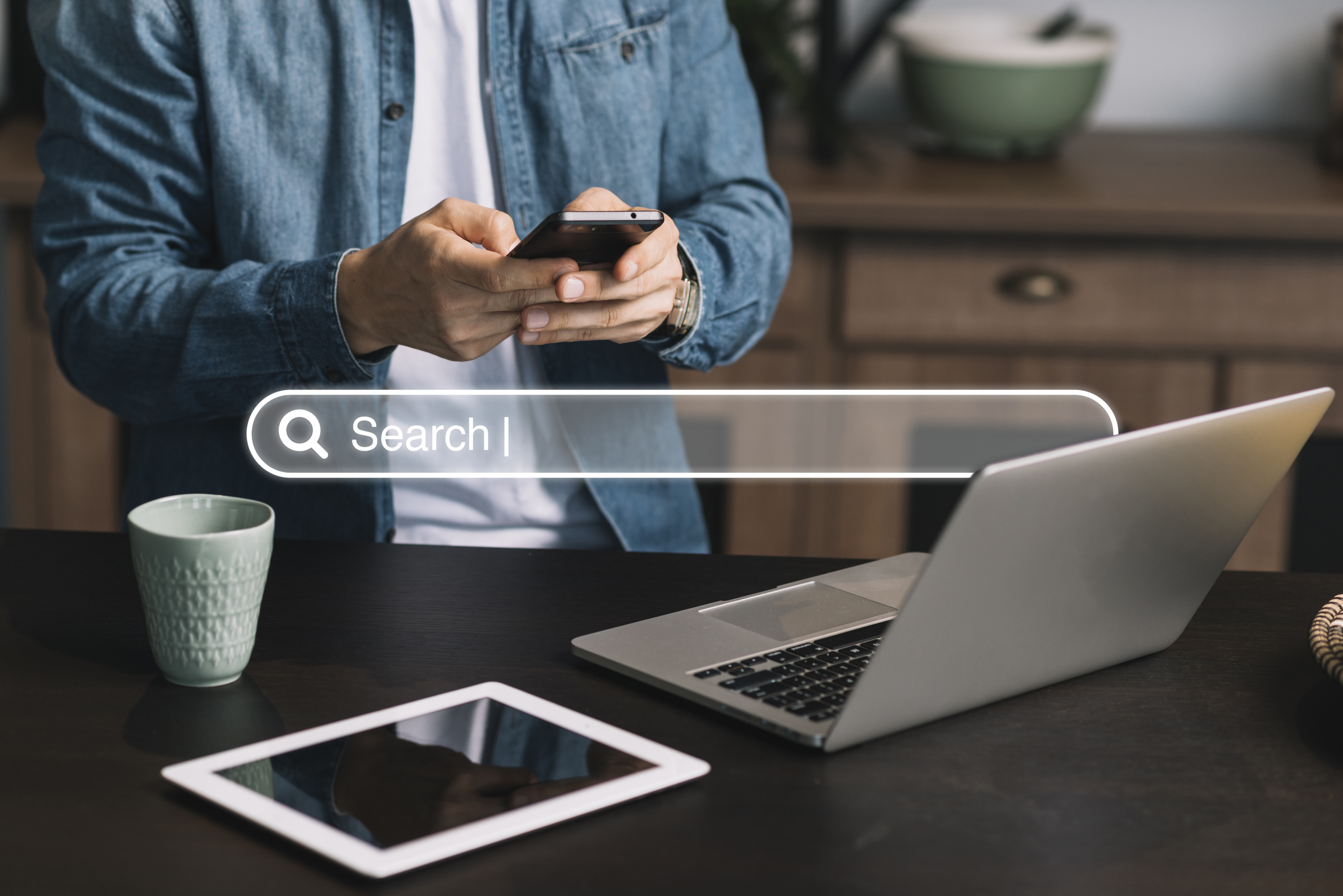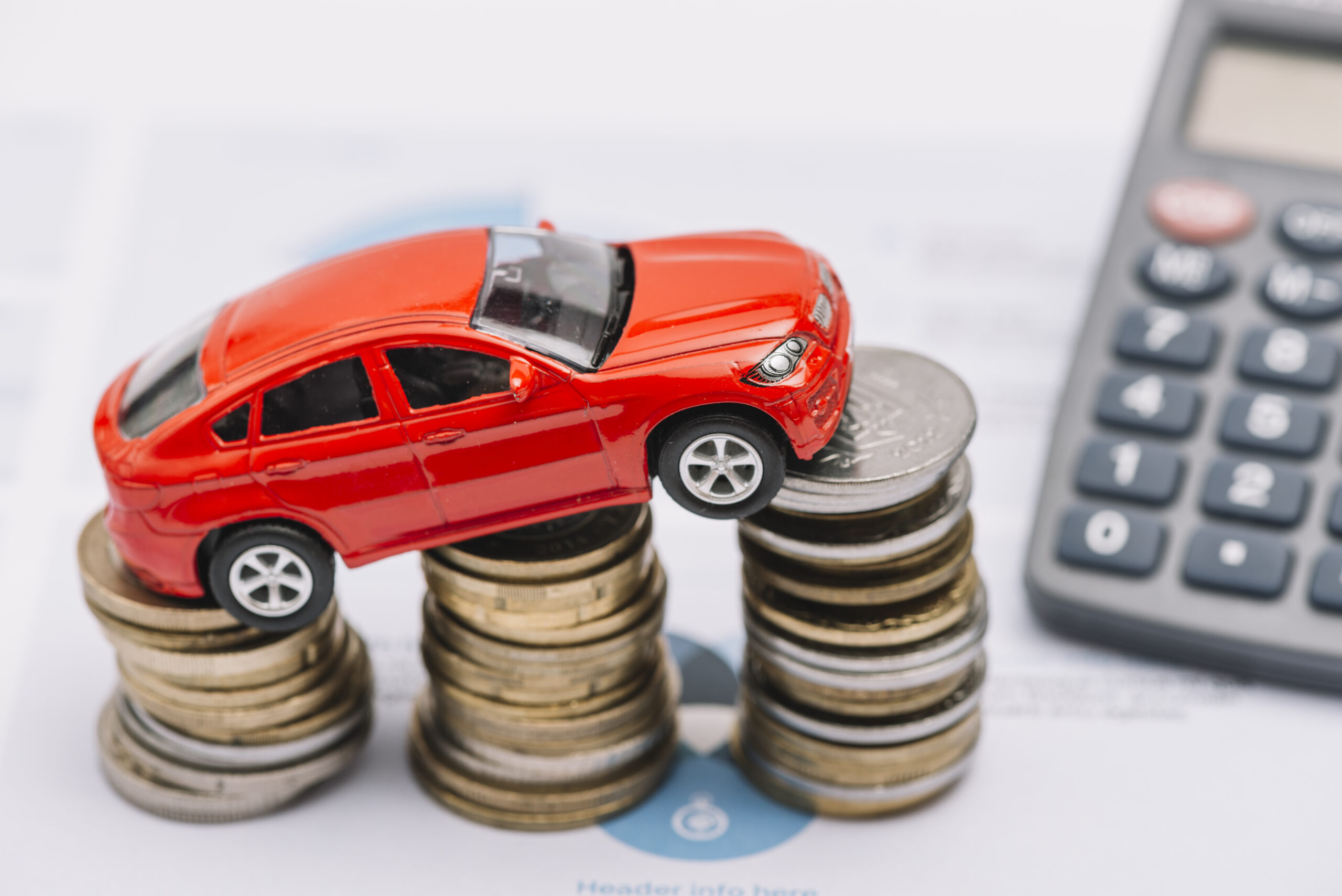Your Dealership and an Omni-Channel Approach: A Customer’s Tale

Table of Contents
Table of Contents
Life used to be simple. A customer would visit a few dealerships, look at some vehicles, bargain for the best price, and buy a car.
Then, technology happened. Digital marketing exploded, more research was conducted online, interactions were automated, processes were carried out on devices. No longer could a Sales team guide a customer through the journey– customers decided how they wanted to proceed, and created their own buying process from the comfort of their own homes.
This process is generally comprised of several different shifts, between technologies, channels, and media. CarBuyer predicts that, based on the current trends, by 2020, 80% of shoppers will use multiple devices to shop for a car. The average shopper jumps between online and offline channels at least four times. This has some pretty serious repercussions for your dealership and strategy.
Before we dive into how the omnichannel process should impact the way your dealership should work, let’s look at it in action…
Meet 27-year-old Johnny, our fictional car buyer. Johnny is a typical 21st century customer– like so many shoppers today, Johnny begins his search online. He conducts hours and hours of online research on several different websites, including review sites, industry publications, local dealerships, social media platforms, and more. He gets an idea for the type of vehicle he’d like, and what his price range is. He communicates casually with different dealerships– he speaks to one dealership on Facebook Messenger, and then follows up on email and phone to find out about a vehicle’s availability.
Johnny then takes his search to his friends and family. He asks them for their opinions and recommendations, and narrows his search. With this knowledge in mind, he returns to his computer and continues researching. He requests quotes and test-drives from a few dealerships, including the one he had spoken to earlier. He gets emails from a bunch of the stores with their pricing information. He decides to read these messages on his phone on his way to work.
Finally, Johnny makes a decision about which dealership to visit. He goes to the showroom for an appointment and test drive. After so many hours of research, the moment had finally arrived– he decides to purchase his vehicle! He goes through the F&I process, uploading documents and agreements on the dealership’s app, and agrees to have his vehicle delivered.
The dealer reaches out to Johnny via text message reminding him of when the vehicle will be delivered, and Johnny responds by filling out a satisfaction survey about the dealership. Further down the line, he is reminded via email that he is eligible for service discounts at the dealership, and goes in for an oil change.
An Omnichannel Strategy for Auto Dealerships
Let’s unpack this journey.
Johnny interacted with the dealership via Facebook Messenger, email, phone, text message, mobile app, and, of course, in person. He probably spoke to at least three different people or bots in the dealership– one who manages Facebook communication, one who responded to his original request, and the salesperson in the store. He visited several different websites. He viewed information on both desktop and mobile. Johnny even utilized a mobile app to complete his purchase. These are just a few of the shifts that took place during his journey to purchase a vehicle.
It may sound overwhelming when put this way, but in fact this is a very typical process for today’s car buyers. A shopper is exposed to so many touch-points throughout their buying journey that it can be difficult for a dealership to even keep track. Enter the importance of an omnichannel strategy and approach for your dealership’s marketing.
An automotive omnichannel strategy takes into account every shift a customer might take in his or her interacting with your dealership. Instead of simply trying to optimize each individual tool and platform, an omnichannel approach views the entire process holistically, so that the focus is on optimizing the experience.
What are some strategies your dealership can improve its omnichannel experience?
On-site tracking
The most effective way to give a customer the type of experience they want is to track and make note of each and every interaction they have with your dealership. This obviously goes beyond their meetings inside your showroom– your CRM should be full of the data relating to their website interactions both on your site as well as social media pages, so that you get a good idea of who the shopper is and what they want. That way, your follow-up will be based on the most information possible.
Digitize the experience
Omnichannel approaches have emerged in the context of an increasingly digital buying experience. With more research and interactions happening online, shoppers are changing the way cars are bought. You can speak to this preference by integrating even more tech-based solutions into your stores. For example, consider taking the F&I process to a mobile app, enabling customers to upload documents from their phones. Perhaps offer augmented or virtual reality options in lieu of a physical test drive. These types of innovations feel natural to your omni-minded customers, and they will appreciate the new media that you are offering them.
Optimize your in-store and online experiences
Even though customers continually shift between online and in-person interactions, they expect the process to be smooth and seamless. There is no distinction between the two in their minds. It’s even more important, therefore, for both of the experiences to be optimized, separately and in conjunction with one another. Just like your salespeople are trained on when and how to approach shoppers, your website should be ready to do the same. It should know what your customer wants, what would be appropriate to show them, and when to do so. The way to do this is by utilizing AI-powered solutions wherever possible. In general, if your website is not optimized, a customer is very unlikely to make their way into your physical store, no matter how impressive it is.
The omnichannel approach for dealerships is about more than just recognizing that people take a lot of steps before coming into your store– it requires a critical look at all of your processes and thinking about how they work together. When you’re looking at a new (or existing) tool, ask some questions:
- How does this work with the rest of my process?
- What value am I providing to my customers?
- Am I capturing the information being provided, or am I missing an opportunity? Is information entering my CRM?
- How can my Sales team benefit from this tool? What will the relationship between them be?
This type of thinking will help you as you transition your dealership to an omnichannel approach and will improve your customer’s overall buying experience. And as we know, a happy customer is a buying customer.
Fill out this form to schedule a personalized demo today!
Feel free to tell us more about you so we can personalize your demo.
Sign up for our newsletter!
We value privacy and would never spam you. We will only send you important updates about Fullpath.



